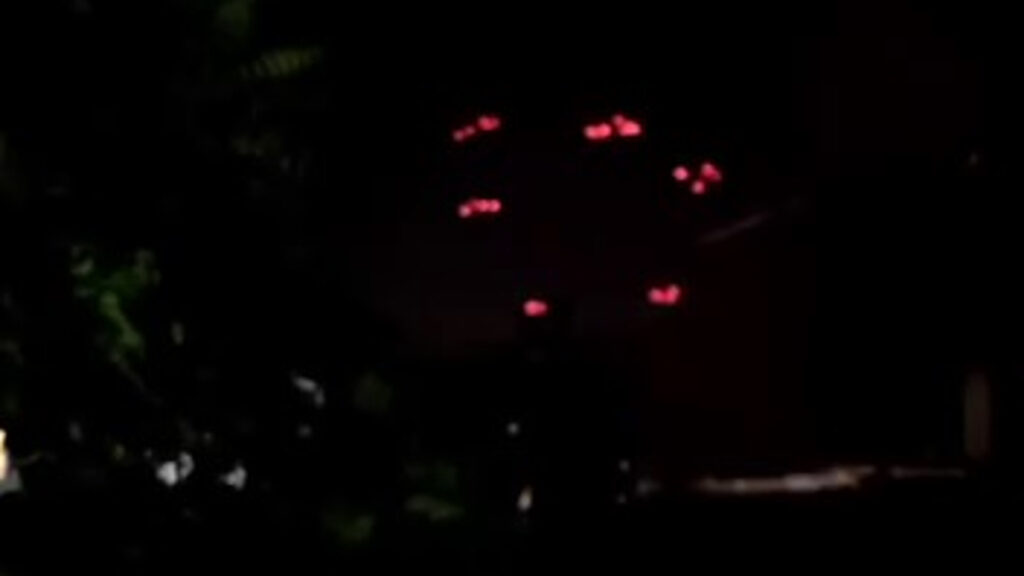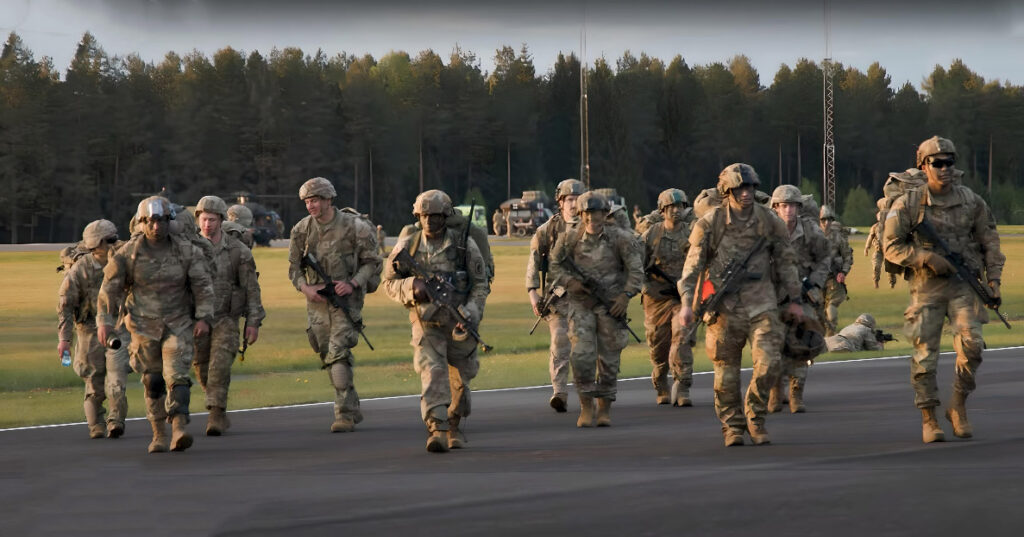In the early hours of June 18, the city of Tabriz, a bustling hub in northwestern Iran, was jolted awake by the roar of jet engines and the thunder of explosions. A series of precision airstrikes targeted multiple sites on the city’s outskirts, marking a dramatic escalation in a conflict that has increasingly spilled beyond its traditional boundaries. While no group has officially claimed responsibility, speculation points to Israeli forces, with sources citing their signature high-precision tactics.
For the people of Tabriz, the night was one of chaos and fear. Eyewitnesses described a scene of panic as power outages swept through neighborhoods, air raid sirens pierced the silence, and families fled their homes, some clutching children and belongings. “The first explosion felt like the ground was collapsing,” one resident recounted. “We didn’t know what was happening, just that we had to get out.” Local reports indicate the strikes hit facilities tied to communications, logistics, and military storage, with some linked to Iran’s Revolutionary Guard Corps.
Tabriz, a city of over 1.5 million, is a linchpin of industry and trade, strategically positioned near Iran’s borders with Turkey and Armenia. Its role as a logistical hub has grown in recent months, allegedly facilitating the movement of missiles and drones. Analysts suggest the strikes aimed to disrupt this supply chain, targeting mobile launch systems that have become a focal point in the ongoing shadow war. Historically spared from direct attacks, Tabriz’s sudden emergence as a target signals a broadening of the conflict’s scope, pulling a major urban center into the fray.
The strikes come amid a sharp uptick in regional tensions. Over the past week, Iran has launched more than 1,500 rockets toward cities like Haifa and Jerusalem, causing significant damage and heightening fears of a wider war. In response, retaliatory strikes have increasingly targeted Iran’s industrial and military infrastructure. The assault on Tabriz, however, marks a bold shift, as densely populated areas had largely been avoided until now.
International observers warn that the Tabriz strikes are not an isolated incident but part of a broader strategy to weaken Iran’s military capabilities. “This is a calculated move to disrupt supply lines while sending a message,” said one security analyst. “But it risks inflaming an already volatile situation.” The strikes have also raised concerns about civilian safety, with reports of damaged homes and disrupted utilities adding to the city’s unease.
As dawn broke over Tabriz, residents began the grim task of assessing the damage. Shattered windows, cratered roads, and flickering power lines bore witness to the night’s violence. Yet, amid the cleanup, a deeper anxiety lingers. With no end to the conflict in sight, the city braces for an uncertain future, caught in a cycle of retaliation that shows no signs of slowing.



